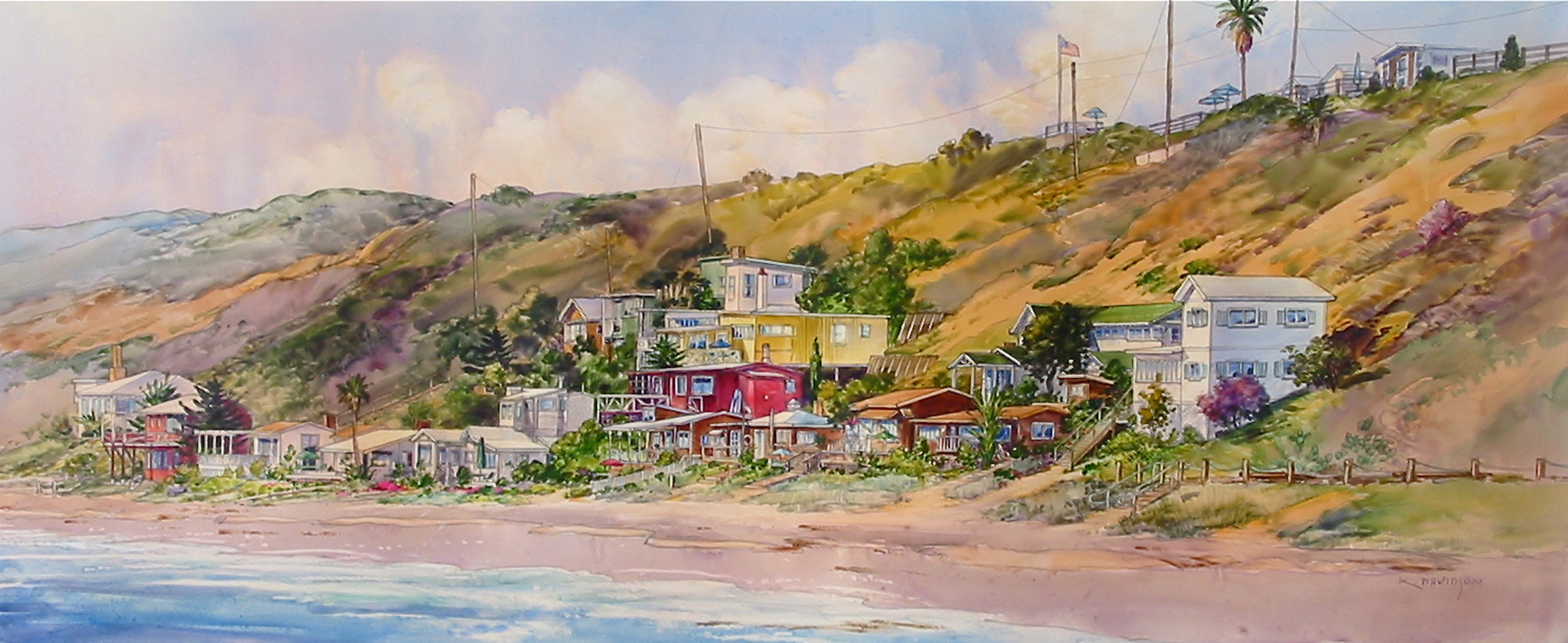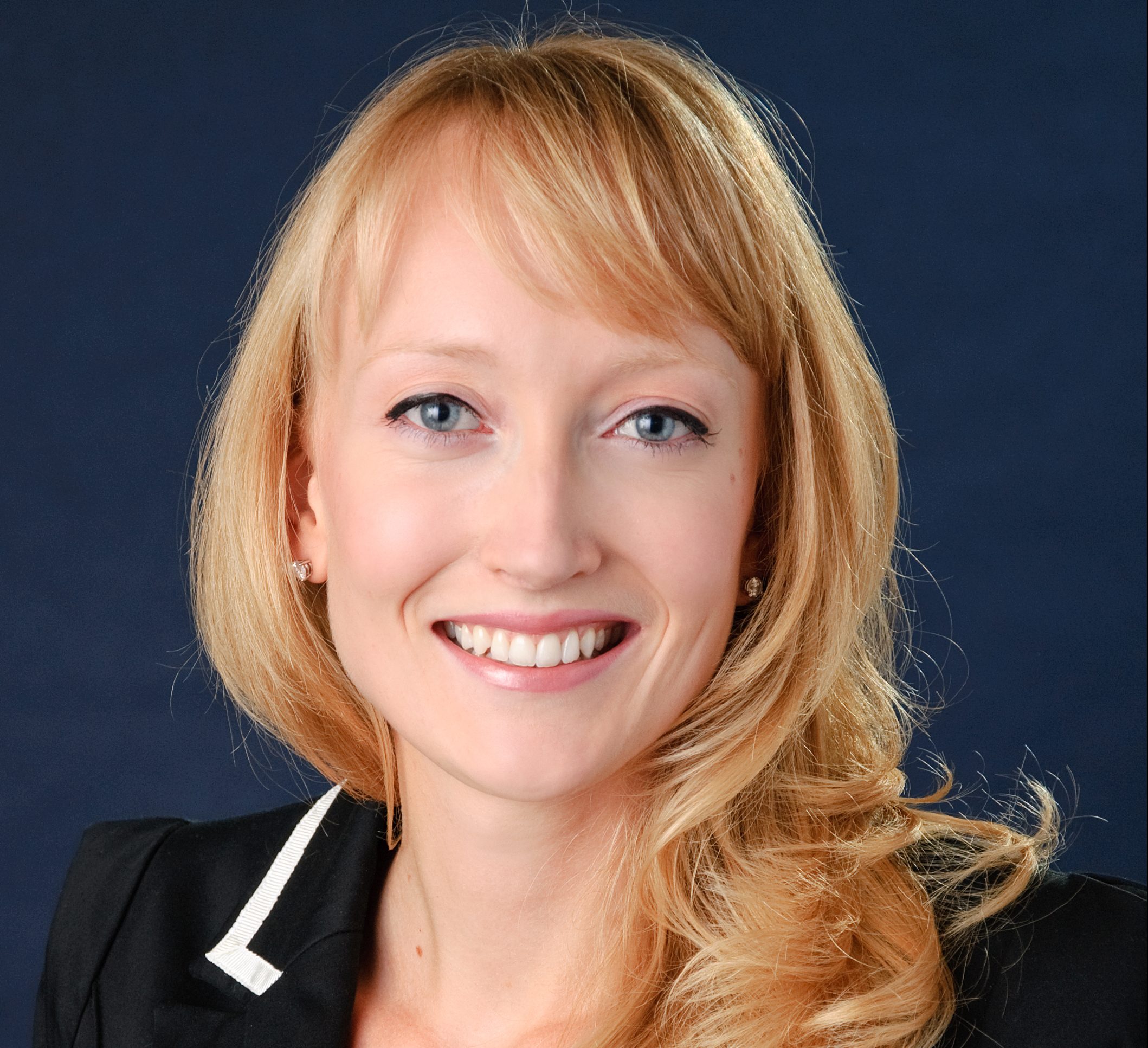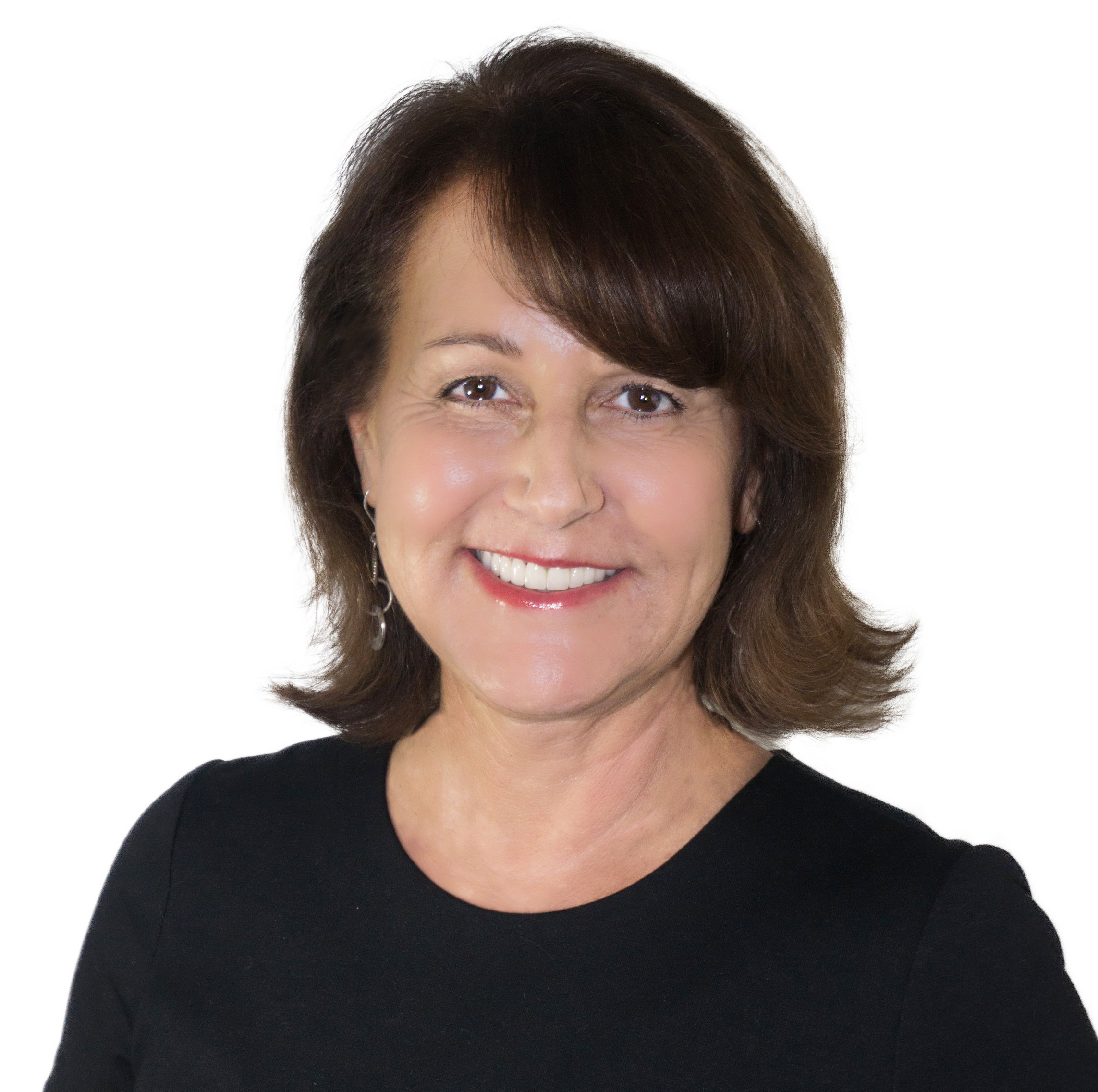By Gina Dostler
Beth Leeds has been involved in protecting Laguna Beach’s historic landmarks and resources for years. After a 10-year absence from town, she’s returned and found a new mission alongside her daughter, Marielle. It’s focus is cleanup of toxins in the home.
Q: How does a clean ocean start at the home?
A: Everyday we are dumping toxics from our businesses as well as from our homes with cleaning products and pesticides and fertilizers we use, which eventually can end up in the ocean. Though the South Orange County Wastewater Authority is in place to manage and treat wastewater in our area, many chemicals are not completely removed and end up polluting our waterway systems. Water runoff from roofs, driveways and streets flows down our storm drains directly into the ocean and is a growing problem with pollution in our oceans.
Q: What types of harmful chemicals are you talking about?
A: Inside the home chlorine, ammonia, phosphates, and other harsh chemicals found in cleaning products such as automatic dishwasher soap, laundry detergent, bathroom tub and toilet cleaners, and disinfectants. For instance, phosphates nourish algae and if spilled into our waterways, it uses up oxygen that is vital to life in water. There are many products out there that utilize non-toxic chemicals. First step to a cleaner home is to make a sweep of your home cleaners and switch them out. We help people make that transition to healthier products and teach them how to help protect the environment from their home as well as protect their health. Homes are toxic enough without adding to it.
Q: How do you mean toxic enough?
A: Slow out-gassing of chemicals permeates the home on a constant basis such as formaldehyde from foam insulation, plywood, grocery bags, adhesive binders in floor coverings, cigarette smoke and natural gas. Synthetic fibers contain benzene and printing inks, paints, lacquers, varnishes and adhesives contain trichloroethylene. Environmental Health Perspectives, a peer-reviewed journal supported by the U.S. Department of Health and Human Services, says many of these known health hazards. Add to that the chemicals we use on a daily basis to clean our home and put outside our home, our world becomes more toxic every day.
Q: Chlorine is used everywhere. How bad is it?
A: Chlorine is among the 10 highest volume chemicals made in the United States. It’s a gas at room temperature and when it enters the body as a result of breathing or even swallowing or skin contact, it reacts with water to produce acids which are corrosive. Some of the health effects on exposure are airway irritation, wheezing, difficulty breathing, skin irritation, cough and chest tightness. Using chlorine as a disinfectant releases more off-gassing in the home and is an unnecessary way to clean.
Q: Then how does one disinfect the home?
A: One ingredient we support is the use of melaleuca alternifolia oil, better known as tea tree oil. More and more studies are corroborating its antiseptic and anti-inflammatory properties without the toxicity found in chlorine.
Q: Tell me about chemicals outside the home.
A: Chemicals are used routinely to make our landscapes prettier and easier to maintain and to eradicate bugs. Pesticides include herbicides for destroying weeds, insecticides for killing insects, fungicides to prevent the growth of molds and mildew, and other compounds used to control mice and rats. The amount of poisons out there to buy lining the shelves of stores is long and if you think about it, pretty scary. But the short story is the water run-off from sprinklers and storms enters our storm drains and is swept directly into the ocean taking the chemical residues with it. Children are particularly susceptible to adverse effects from exposure that includes neurodevelopmental effects. One should really think twice about using poisons like RoundUp to attack weeds.
Q: What are you most proud of in your advocacy work?
A: Bringing awareness and making people conscientious about their actions and effect on the environment. A couple of my proudest achievements are saving the Main Beach lifeguard tower from being torn down in 1971 and keeping offshore oil rigs away from Laguna’s coastline. The tower stands today in front of a clean ocean horizon because I and many others took direct action to protect it.
CONTACT INFORMATION
The Laguna Clean Ocean Project
Beth and Marielle Leeds
949-295-6298
bethleeds@gmail.com




